Vietnam Backpacking Route

Backpacking in Vietnam is incredible. This wonderful country will keep you captivated with its rolling rice terraces, beautiful landscapes, cultural and historical sites, bustling cities, steaming bowls of pho and addictive sweet coffee. In this guide, we share our 3-week Vietnam travel route and the best places to visit in Vietnam.
Jump To:
- Why Backpack in Vietnam
- Backpacking Vietnam Route Map
- Where To Go Backpacking in Vietnam
- How To Travel Around Vietnam
- When To Go Backpacking Vietnam
- Vietnam Travel Costs
Why Backpack in Vietnam
Backpackers will love Vietnam because it’s cheap to travel. There’s a well-established Vietnam backpacker route, which is easily travelled from north to south by bus. There are opportunities to go off-the-beaten track if that’s what you like. There are cities and untouched nature, museums, galleries, hikes and rice terraces. The locals are welcoming (even though they do love to drive a hard bargain!)
Vietnam was our first backpacking destination, and we’re so glad it was. Being a backpacker in Vietnam and choosing a travel route is easy due to the country’s thin, vertical shape. This means the best travel route in Vietnam runs directly up or down the country (depending on which way you choose to travel). Planning a route is straight-forward and each place has transport routes to the next place along.
Backpacking Vietnam Route Map
Our Vietnam backpacking route runs from north to south. It would be equally good to go backpacking from south to north. Day buses and overnight buses run the length of this route and are the cheapest way to travel around Vietnam.
If you plan on crossing the border and continuing backpacking in neighbouring South East Asian countries, it may be worth looking at the best areas to cross the border before deciding which end of Vietnam to start your backpacking trip.
This map shows our backpacking route, starting in Hanoi and stretching south until our final stop in Ho Chi Minh City:
Where to Go Backpacking in Vietnam
To backpack from the north to the south of Vietnam, you’ll need 3 weeks. If you only have 2 weeks to backpack in Vietnam, split the route in half and choose to travel either the north or the south of Vietnam. Whether you decide to travel the north or the south depends on which activities you most enjoy and the weather.
Our 3 to 4 week travel itinerary for backpacking in Vietnam includes the big cities and well-known towns where Vietnam’s most notable sights are located. But there’s also opportunity to go off the beaten track to discover lesser known areas of Vietnam for yourself.
Hanoi (2 days)
Hanoi, Vietnam’s capital city, is a great place to start backpacking in Vietnam. Not only is it overflowing with museums, monuments, markets and cafes. It is a bird’s nest for travellers making trips to the surrounding areas. Luke and I fell absolutely head over heels in love with Hanoi because it was bustling, cultural and had the most delicious coffee you’ve ever tasted.
Best things to do in Hanoi: Indulge in Hanoi’s cafe culture, revel in the hustle and bustle of the streets, wander around Hoan Kiem Lake, visit the Temple of Literature, and definitely check out the Vietnamese Women’s Museum.
Where to stay in Hanoi: Thu Giang Guesthouse. Basic guesthouse in Hanoi run by a local husband and wife. Very cheap rooms.
Halong Bay (2 days, 1 night)
The next stop for many travellers who are backpacking in Vietnam is the stunning Halong Bay. Here you can cruise around thousands of limestone karsts and islets. Always ranked as the top sight in Vietnam, it’s undeniably beautiful and romantic, but it’s also teeming with tourists and scam merchants, so mind how you go. We felt that the 2 days, 1 night tour was enough time in Halong Bay.
Best things to do in Halong Bay: There are a couple of activities you can do in Halong Bay. Activities include a visit to the cave, kayaking, visiting a pearl farm and a hike up one of the karsts. All of these activities were included within our two-day tour. Beyond these, there’s not much more to do in Halong Bay aside from relaxing and appreciating how beautiful the bay is. You can book a Halong Bay tour ahead of your trip.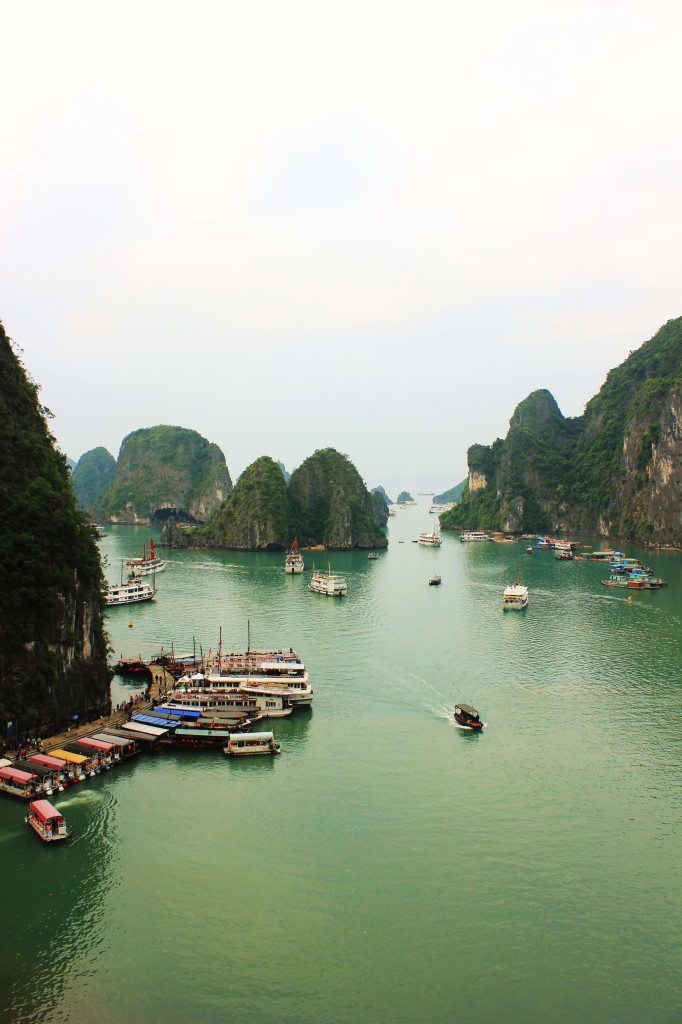
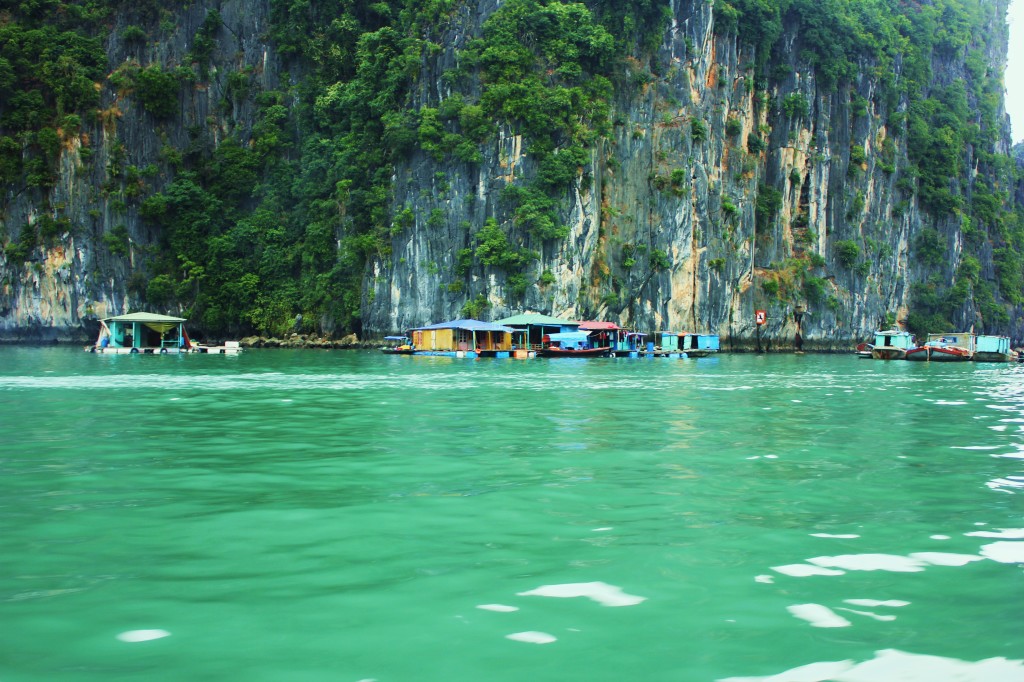
Sapa or Mai Chau (2-3 days)
After a pit-stop back in Hanoi, head to the tribal villages and rice terraces of the highlands. The most popular is Sapa, famed for beautiful treks and colourful ethnic minority tribes. However, the town is overrun by tourists and tribal women trying to sell their wares from woven baskets on their backs. Some travellers may not mind that, but we found it quite difficult to handle the constant pleas of locals there.
In retrospect, we would opt for a smaller, lesser developed settlement like Mai Chau. It is closer to Hanoi and offers a more low-key and authentic experience. We heard from other backpackers in Vietnam that Mai Chau is beautiful too. Don’t miss out on visiting a local tribal village when backpacking in Vietnam.
Best things to do in Sapa: Visiting Sapa is all about hiking with the hill tribes and admiring the beautiful rice terraces. We recommend going on a trek with Sapa Sisters, a social enterprise owned by the local guides. You could also consider booking a Sapa trek online before your trip. Stop by Baguette and Chocolate, an ethical cafe that employs local students from low-income families.
Where to stay in Sapa: Luong Thuy Family Guesthouse. Open fires, hot pho in the enclosed rooftop restaurant and spacious bedrooms make this family guesthouse the best in Sapa.
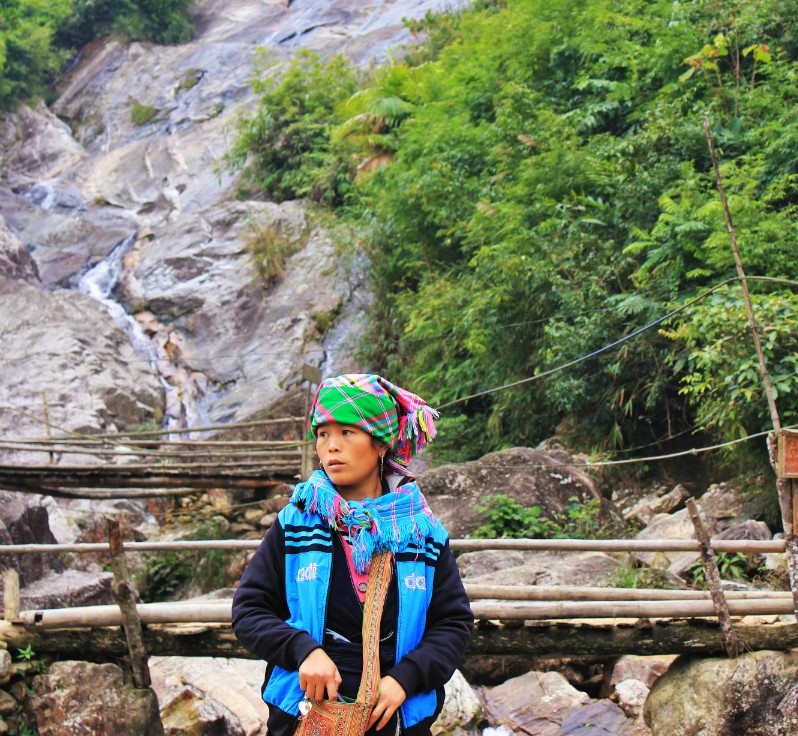
Hue (2 days)
If you’re ready to move on from the cold mountainous north, an overnight train will take you south down to the historic Hue. Despite being an UNESCO World Heritage Site and famous for its Imperial Citadel, Hue is often overlooked by backpackers in Vietnam. We loved Hue, even though we got caught in rainstorms multiple times while we were there!
Best things to do in Hue: Rent a bicycle to get around the magnificent citadel and if you’re feeling up for a little adventure then you can go further out to see the colourful incense making village. Eat at the Lien Hoa temple, an excellent option for vegetarians and a tranquil place to enjoy a meal served by the temple’s monks.
Where to stay in Hue: Hoang Huong Guesthouse. Basic and cheap hotel with a friendly owner. Home cooked banana pancakes for breakfast. Unfortunately this guesthouse cannot be booked online.
Hoi An (3-4 days)
The ancient city of Hoi An, is bustling with tourists bartering with rows and rows of tailors for suits, dresses, shoes and all other number of garments. Hoi An is an absolute gem. Cobbled streets adorned with sunshine yellow-painted wood architecture line the river banks. You’ll definitely need 3-4 days here if you are planning on visiting a tailor in Hoi An.
Best things to do in Hoi An: Aside from visiting tailors and browsing shops, you’ll want to check out the Japanese Bridge. There’s a delicious Vietnamese vegan cooking class in Hoi An which we absolutely loved. It was one of the only vegan cooking classes we found in Vietnam, so take the chance while you have it! Hoi An is a great spot for Vietnamese cooking classes.
Where to stay in Hoi An: Hop Yen. Immaculate hotel with nice rooms downstairs and cheaper rooms in the attic. Good for budget travellers and mid-range travellers alike.
Nha Trang (1 day)
Nha Trang gets a bad wrap from other backpackers in Vietnam for being full of hedonistic gap-yah bingers and Russians. While that’s not untrue, there’s a lot more to Nha Trang than you first realise. Nha Trang is home to the Cham Towers and some very cool earthy Mud Baths. If you prefer though, you can spend all day drinking banana smoothies on the beach.
Best things to do in Nha Trang: Nha Trang’s Cham Towers and Mud Baths make for a really excellent day out and a much more interesting (and cultural) than the main-strip and tourist beach. It’s a long walk to the towers and the baths, so we’d recommend renting bikes in town and cycling over.
Dalat (1 day)
Head inland to Dalat, the “city of eternal spring.” Over-rated by Lonely Planet, Dalat is better seen as a gateway to Vietnam’s national parks and adventure activities in our opinion. We recommend just one day in Dalat to enjoy the town’s picturesque lake. The next day, head north to Yok Don or south to Cat Tien, or book onto adventure activities in the area.
Best things to do in Dalat: There’s not a huge amount to do in Dalat itself and many travellers use Dalat as a base for adventure activities like canyoning and kayaking, and other day trips. We heard great things about the Elephant Waterfalls. In the town, you can visit the Crazy House, though we don’t really recommend it. Stop by the Bicycle Up Coffee Bar if you’re in town during the day and head to Dalat Market a local hot soy milk drink to warm up in the chilly evenings.
Where to stay in Dalat: Zen Valley Dalat. We stayed in some average accommodation in Dalat and later found out about the beautiful looking Zen Valley. Other travellers said the rooms were comfortable, the views were lush and the staff were lovely.
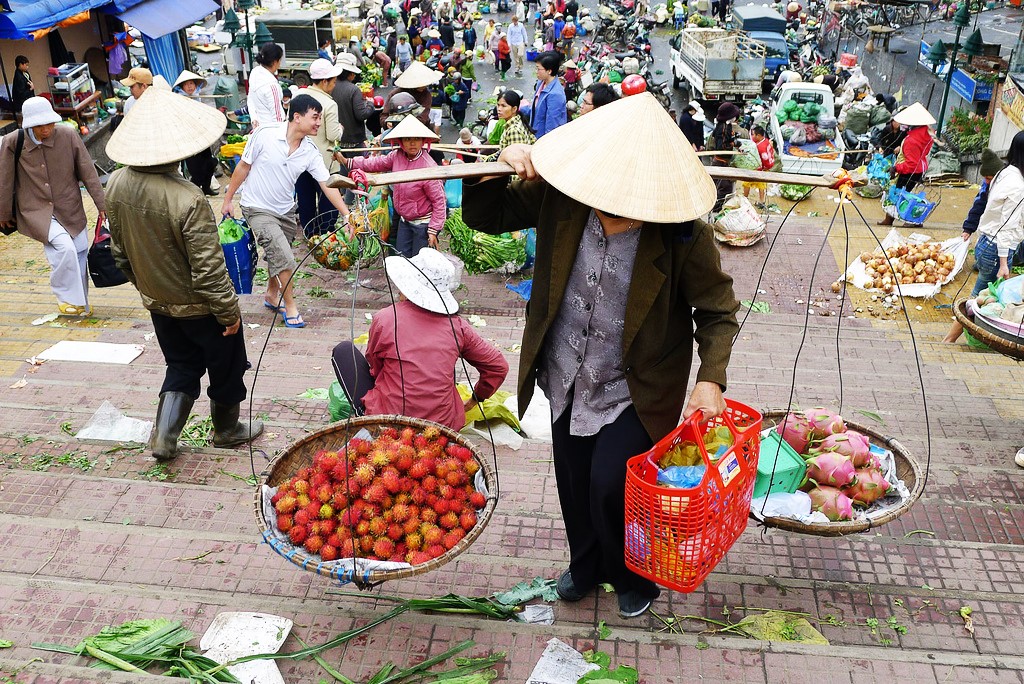
Dalat Market by Bang Nguyen
Yok Don (3 days)
Want to get-off-the-beaten track while backpacking in Vietnam? Then Yok Don is for you. Fewer people speak English and white-faced tourists are rarely seen. Locals don’t bat an eye-lid when a foreigner goes by because they don’t care. Unlike other places in Vietnam, locals here aren’t trying to sell to backpackers because there aren’t enough around for them to make a good trade from it. The nearby town of Ban Don is a good rest stop away from the constant you-buy-something sellers and high-commission tour operators littering the main backpacker route.
Trekking with elephants in Yok: In the National Park, you can go trekking with elephants along with one of the park rangers. Just down the road though, there are some very unethical elephant rides taking place. Avoid getting involved with this as the elephants are mistreated, and instead opt to support the nation park.
Where to stay in Yok Don: You can stay in a traditional stilt hut in Ban Don or in one of the rooms just inside the National Park entrance, while visiting Yok Don.
Mui Ne (2 days)
Mui Ne, talked up by backpackers as a similar but better version of Nha Trang, actually had equal numbers of drunks and Russians. The only difference was that Mui Ne came with a luxury price-tag that doesn’t really suit the budget of most people who are backpacking in Vietnam. However, we did love cycling along the main drag out to see the beautiful fishing boats and to find the red sand dunes.
Best things to do in Mui Ne: Motorcycle away from the beach to Mui Ne’s real treasure: the red sand dunes. These dunes were absolutely stunning, though the sand is burning hot! The Fairy Stream is also worth a walk along too. Avoid ostrich rides that happen not far from the Fairy Stream as these are not an ethical activity.

Ho Chi Minh City (2-3 days)
Heady and heaving, Ho Chi Minh City (still called Saigon locally) is alive with neon lights, world food, and markets. It’s a backpacker favourite because of the excellent transport links. It’s more metropolitan, more multinational, louder and sassier than the rest of Vietnam, but it’s also not so quintessentially Vietnamese. There are a lot of great experiences to be had for backpackers in Ho Chi Minh City, including exciting street food and grand museums and art galleries.
Best things to do in Ho Chi Minh City: Top of our list of things to do in Ho Chi Minh City is the Ho Chi Minh City Museum, which tells the history of Vietnamese independence. When we went, there was a great little art gallery outside the back too. Be sure to pass by the Saigon Notre-Dame Basilica.
Where to stay in Ho Chi Minh City: Ngoc Thao Guesthouse. Comfortable and well-kept hotel in the quiet but safe backstreets of Ho Chi Mind City.

Photo by Anthony Tong Lee
Mekong Delta (3+ days)
If you have a little extra time, the Mekong Delta is the next big stop for anyone backpacking in Vietnam. Unfortunately we only had 3 weeks for our backpacking trip in Vietnam and we didn’t make it down to the Mekong. If you’re backpacking from north-to-south in Vietnam, you’d ideally leave yourself 4 weeks so that you definitely have time to make it to the Mekong as well.
If you have a little extra time and cash, travellers also say Phu Quoc Island is paradise.
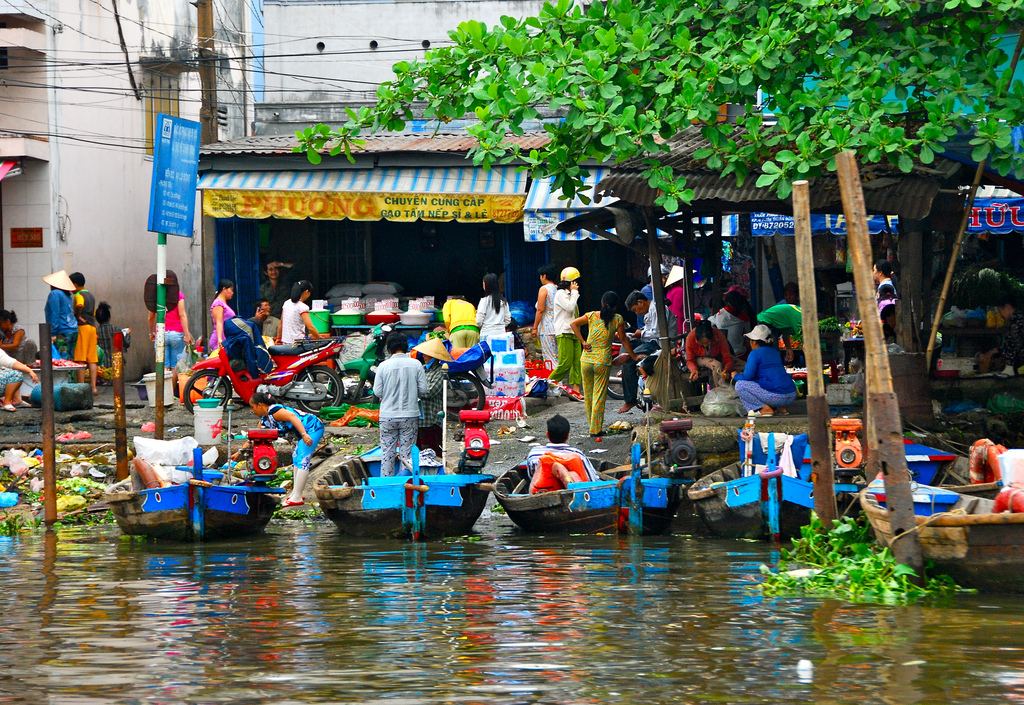
Photo by Malingering
How to Get Around Vietnam
Bus – Bus travel is the cheapest way to travel around Vietnam. You can buy a multi-stop bus ticket in advance or you can book bus journeys individually. Buying tickets individually means you’re less restricted and can be more flexible with your travels. It is never any trouble to buy last minute tickets between the major towns and bus travel is very easy. However, the night buses in Vietnam aren’t for the faint-hearted.
Trains – The trains in Vietnam were a nicer option was buses. While they weren’t fancy, you could get a more comfortable night’s sleep and a more pleasant journey on a train compared to the night buses. We travelled by train from Hanoi to Hue and would highly recommend it.
Motorbike – Travelling Vietnam by motorbike is a very sought-after experience. We’re too sensible though and decided against renting a motorbike. This was mainly because we were concerned about the risks of driving on Vietnam’s roads (both in busy cities and mountain roads). But also because we didn’t want the hassle of bartering for a motorbike or it potentially breaking down.
Luke’s younger brother visited Vietnam and motorbiked from Ho Chi Minh to Hanoi. He’s a lot more ‘go for it’ than us and said the experience was incredible, but also dangerous. While he was fine, one of his friends came off his bike and broke his ankle.
When to Go Backpacking in Vietnam
Deciding where you want to go backpacking in Vietnam is only one part of the equation. You should also think carefully about when you want to go backpacking in Vietnam.
Winter is from November – April
We travelled in November, which is the beginning of rainy season in Vietnam. At this time of year, the weather is slightly cooler. However, in the northern hilltribe villages like Sapa and out in Halong Bay, we experienced really misty and sometimes rainy weather that meant our views of the rice terraces in Sapa and limestone karsts in Halong Bay were often obscured. However, prices tend to be lower at this time of year.
Summer is from May – October
The summer season means clear weather all the time, but it also means that there are even more backpackers in an already popular backpacker destination. July and August is high season and prices for hostels and accommodation will be much higher during this time.
Rainfall in Vietnam
Rainy season in Vietnam varies depending on the region. In northern Vietnam, summer season is the rainy season. In central Vietnam, rainfall varies. Around Hue, you’ll likely see rain from September to February, while further south towards Nha Trang it’s most likely to rain in November and December. In southern Vietnam, it usually rains from May through to November. Rainfall tends to be in short bursts, so you just need to duck into the nearest cafe when you feel it coming. You can read more details on Vietnam’s rainfall here.
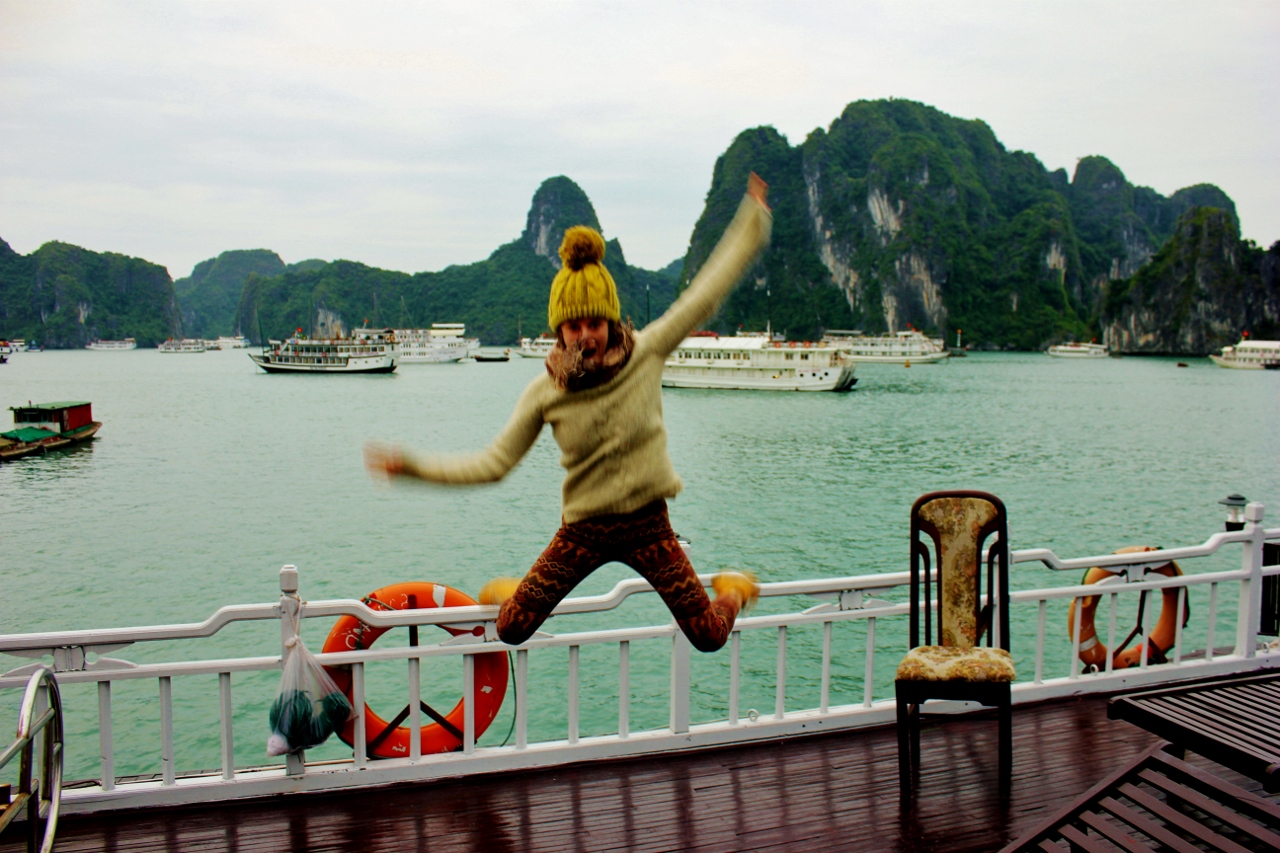
Vietnam Travel Costs
Vietnam is cheap to travel. How much you spend depends on how you like to travel, how many activities you do and how many beers you have each night. We had a tight budget during our trip and kept our travel costs low. We recommend a budget of:
- $336 / £256 for a 2-week trip in Vietnam
- $24 / £18 per person each day
Read a full breakdown of our Vietnam travel costs or check out the cost of living for an expat in Vietnam.
Read More About Backpacking in Vietnam
- Interested to know how much a backpacking trip like this would cost? Check out our Vietnam travel expenses.
- Love films? Here are 4 Films to Watch Before Travelling Vietnam.
- Our favourite Vegetarian Street Food in Vietnam.
Do you have questions about backpacking in Vietnam? Ask in the comments below.
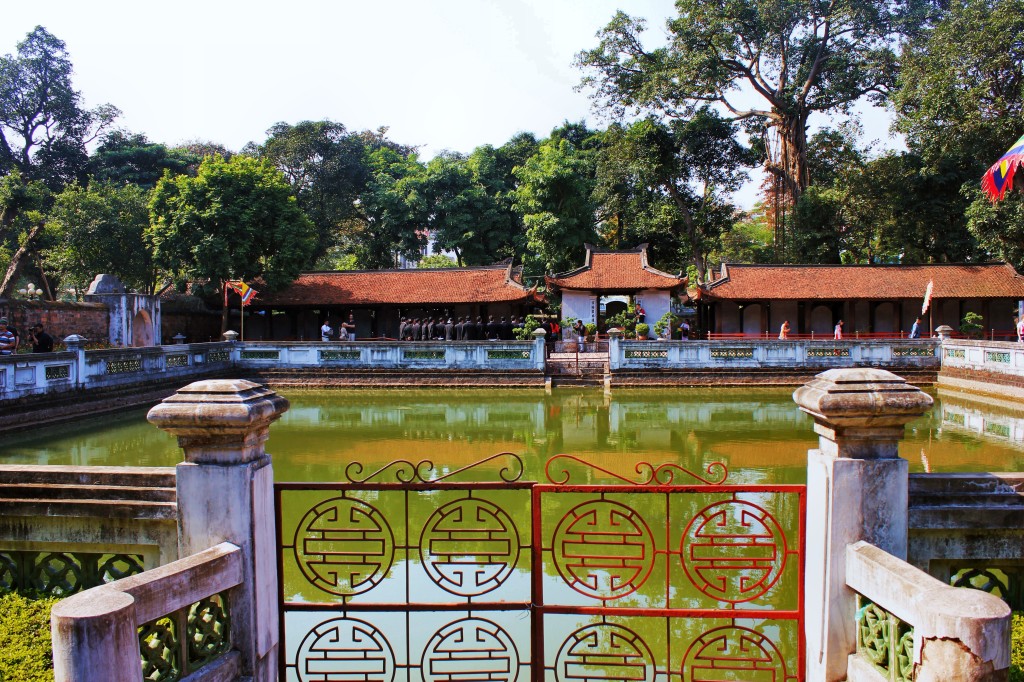

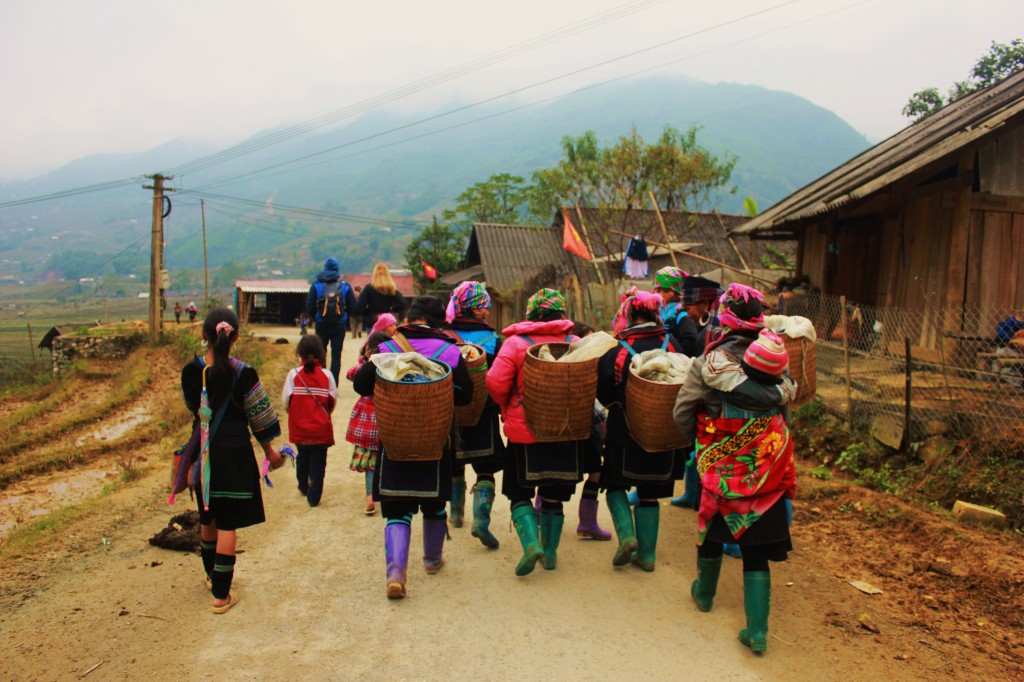
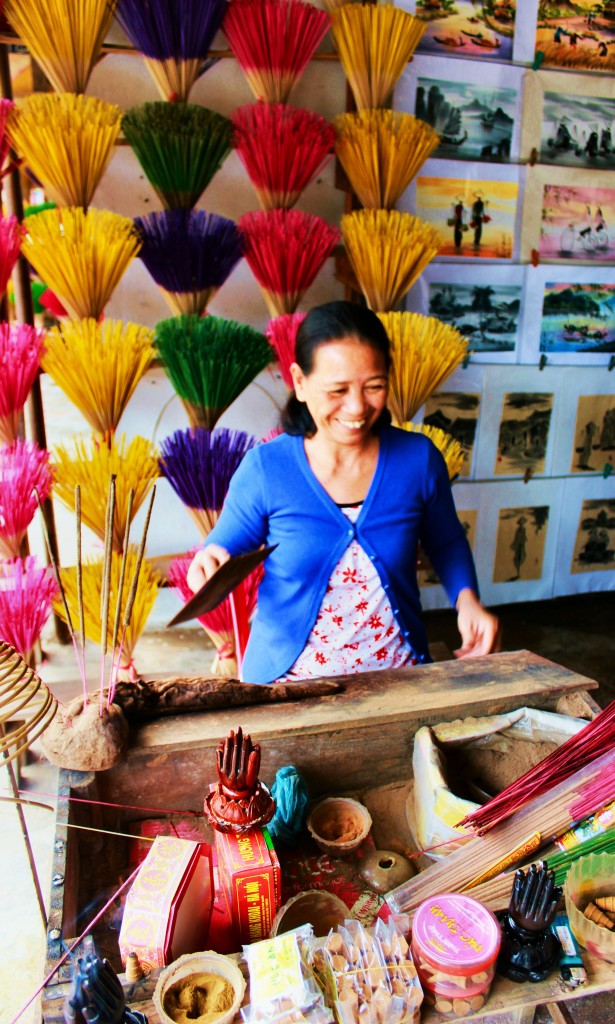
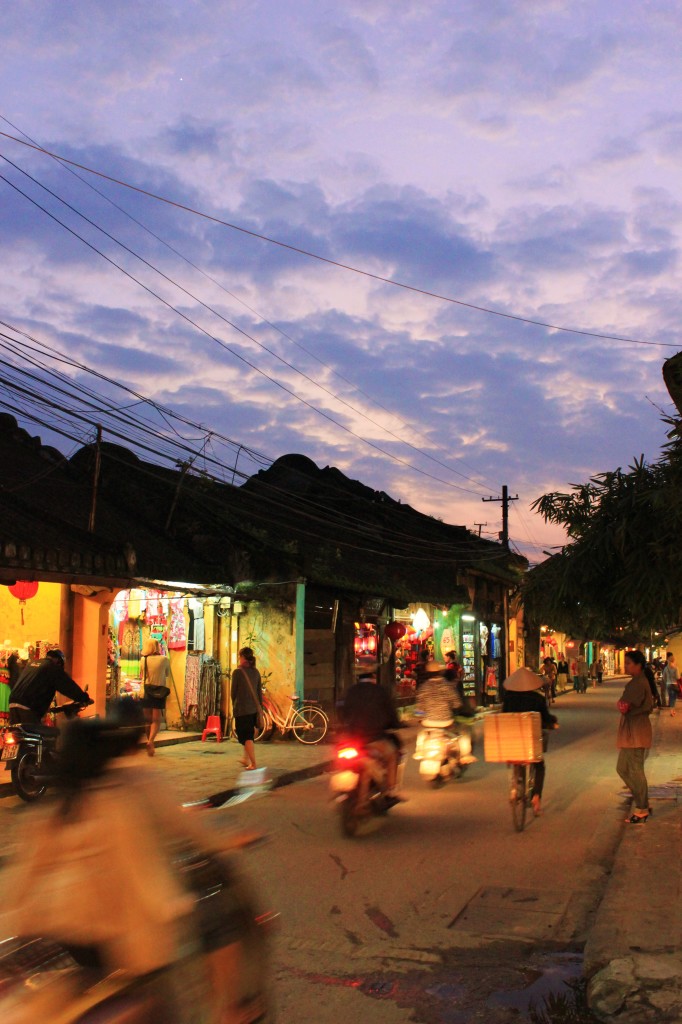
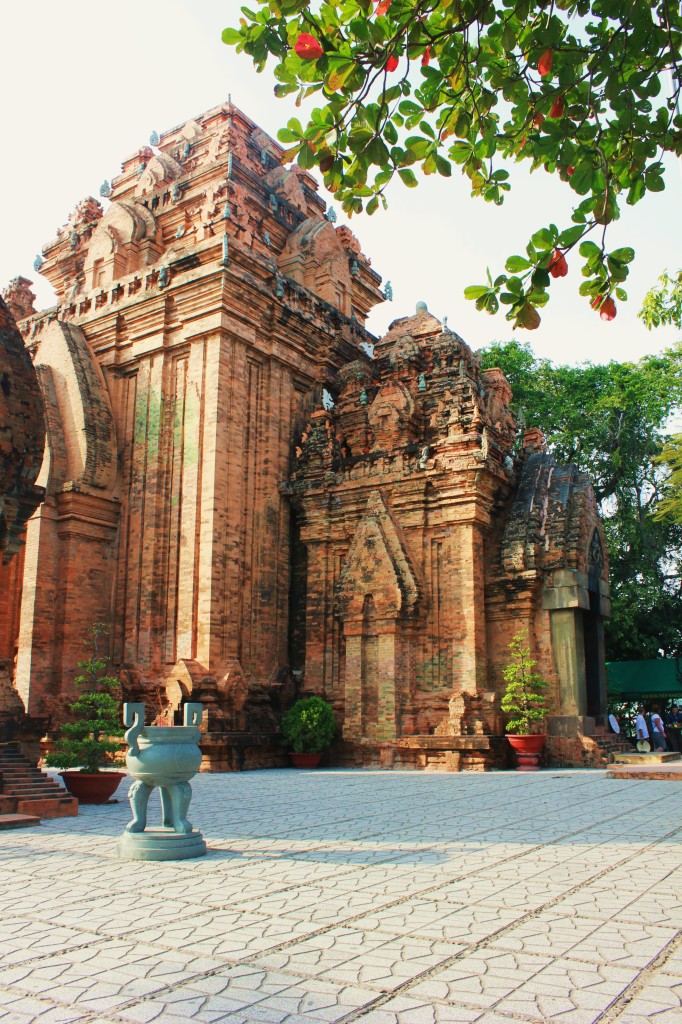
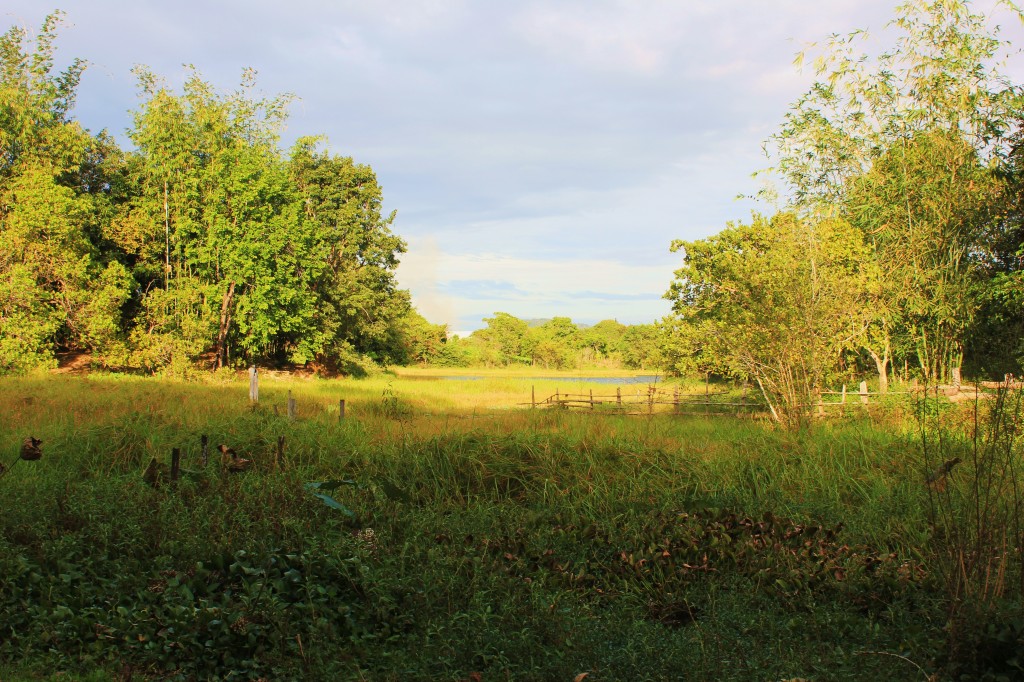
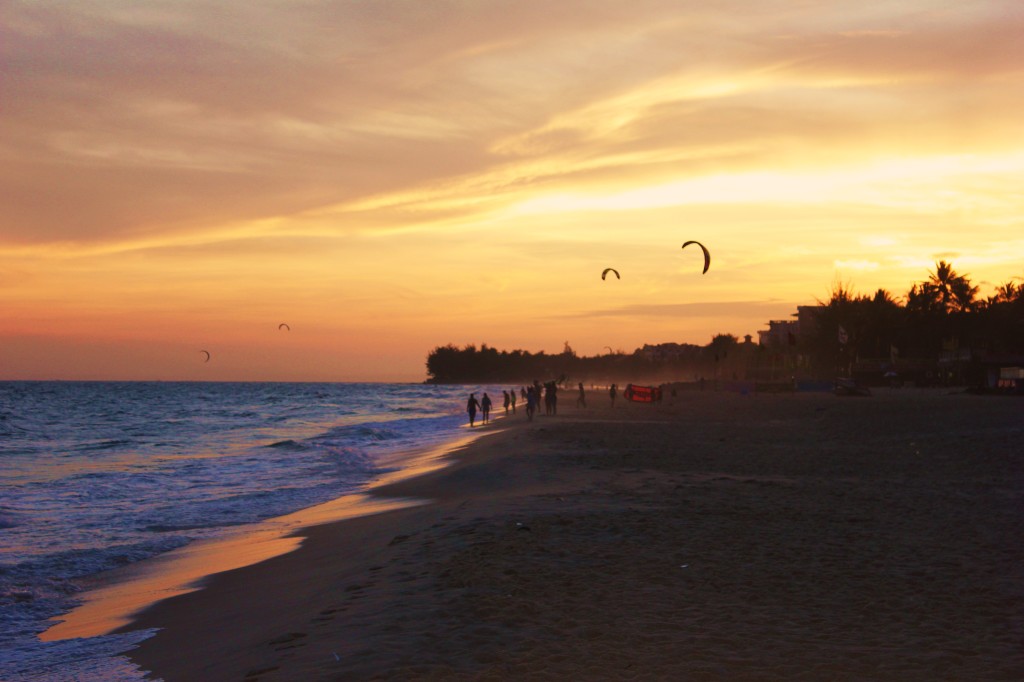



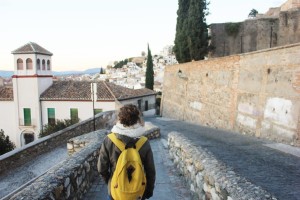
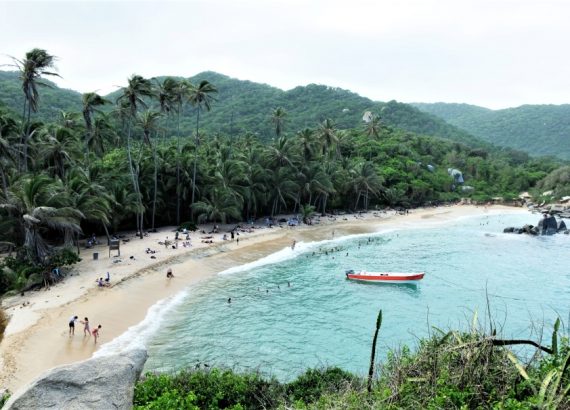
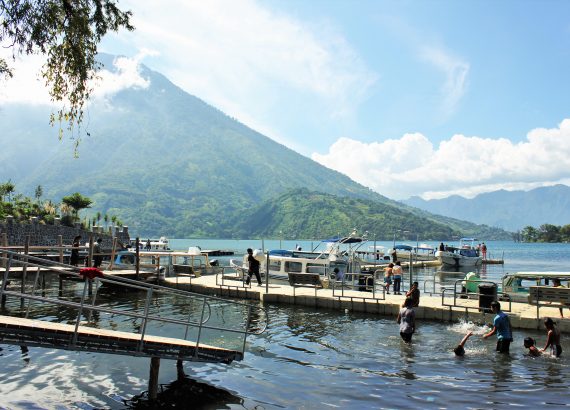
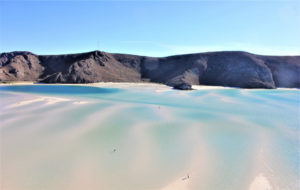
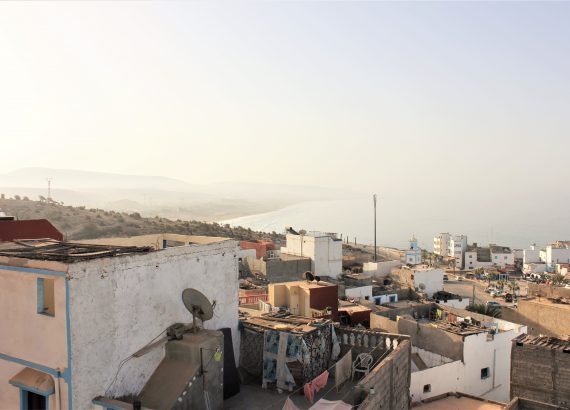
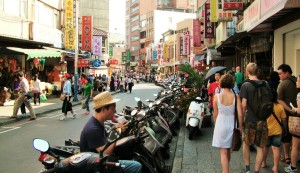
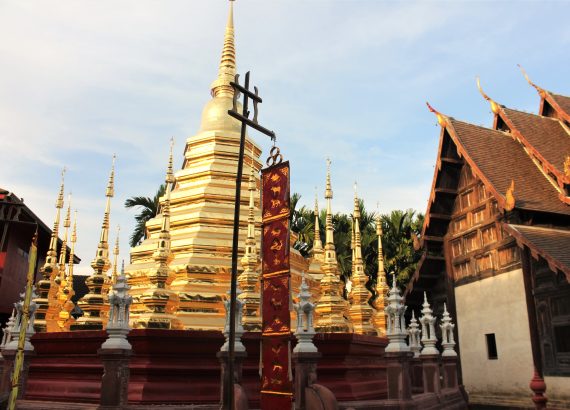
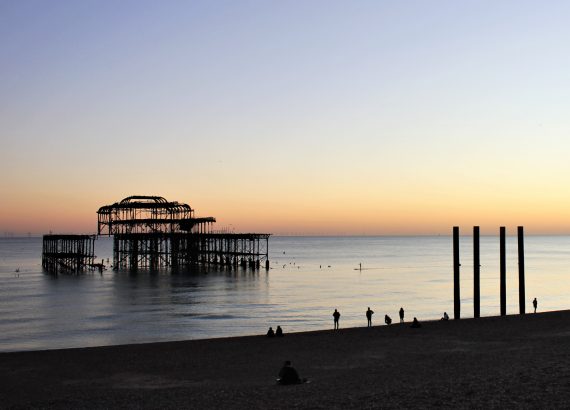
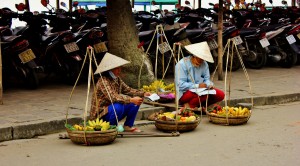


David
Many thanks for all the excellent information,has saved me a lot of time .
I checked out Phu Quoc and i must say that looks like the place to relax after the rigours of travel.
Cheers
David
Abbey
You’re insight and experiences are amazing and you have convinced me to book a trip to vietnam! Looked like you had a blast and I can’t wait to try out some of your recommendations.
Just a quick note… there was a spelling mistake in the travel by bus section :)
Again thank you so much!
Menno & Janneke
Nice article Charlie. Myself Menno & Janneke, my wife are new to traveling as “midlifebackpackers”. We are from South Africa & are planning a Vietnam trip from North to South. Unfortunately, many young backpackers have their focus on parties. We prefer nature’s beauty, cultural exchange & generally savoring the experience. Reading your post, I see that your focus is also more inclined towards these things which is why I find your blog useful. We will be sure to keep your post as reference when our draft plans get off the ground. I think we will have around 6 weeks, so glad to see that it is a realistic time frame. We are after all 49 & 50 years young midlifebackpackers. :-)
Lynn Bonellie
Hi Charlie was hoping to pick your brains…. My friend and I are looking to back pack from the North to the South Vietnam Unfortunately we only have 2 weeks to do this could you please help us to make up an itinerary and maybe point us I the right direction to make the most of our time there. We are on a budget so will be using the bus and train…staying at guest houses..
I love your posts and hope you can help
Many thanks
Lynn
Rahul
Thank you..I am booking my tickets and leaving for Vietnam asap..will be following you’re itenary..will give it some tweaks..hopefully it all goes well… 😀